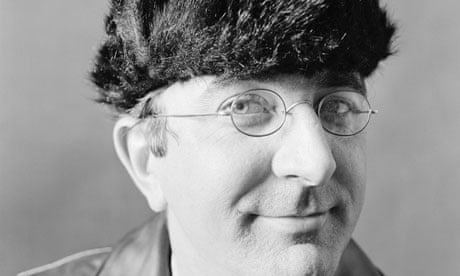One day in 1968, workers removed a window from a house in Merrick Square in Southwark in order to install a large piece of newfangled machinery; the size of a large desk and weighing more than 200lb, it required a crane to lift it. The machine was an IBM Magnetic Tape/Selectric Typewriter (MT/ST) and the house belonged to Len Deighton. Deighton would use it to write his second world war novel Bomber, which has a good claim to be the first novel written on a word processor. The story of Deighton's MT/ST, published last week in Slate magazine, drew thousands of comments, likes and tweets, underscoring our enduring fascination not just with literature, but with writers and the writing process.
The MT/ST had a limited ability to record and rewrite, but it served Deighton's needs admirably, allowing him and his assistant, Ellenor Handley, to revise passages without entirely retyping them. In pre-MT/ST days, Deighton literally put his books together with scissors and glue: by 1984, the first personal computers had automated this too. Science fiction author William Gibson recalled his fellow writer Bruce Sterling calling him up to tell him: "This machine changes everything… you can chop it up, move bits around, you can airbrush the joints… and you can file the serial numbers off anything."
This process deeply influenced the writing of their collaborative novel, The Difference Engine, a collage of original and Victorian text. These tools are now part of every writer's apparatus, highly configurable and influential. One of the most popular specialist writing tools is Scrivener, a long-term personal project of British developer and writer Keith Blount, who started writing the software to help complete his own novel. It's now used by thousands of writers, who are fulsome in their praise of a piece of software that is an intrinsic part of the writing process. As Deighton's MT/ST and Sterling's Apple assisted their work in new directions, so Scrivener and its ilk may even now be shaping new styles in literature.

Comments (…)
Sign in or create your Guardian account to join the discussion